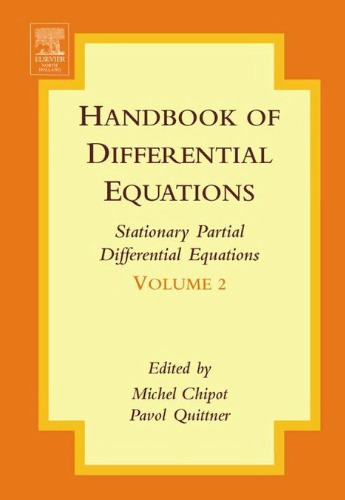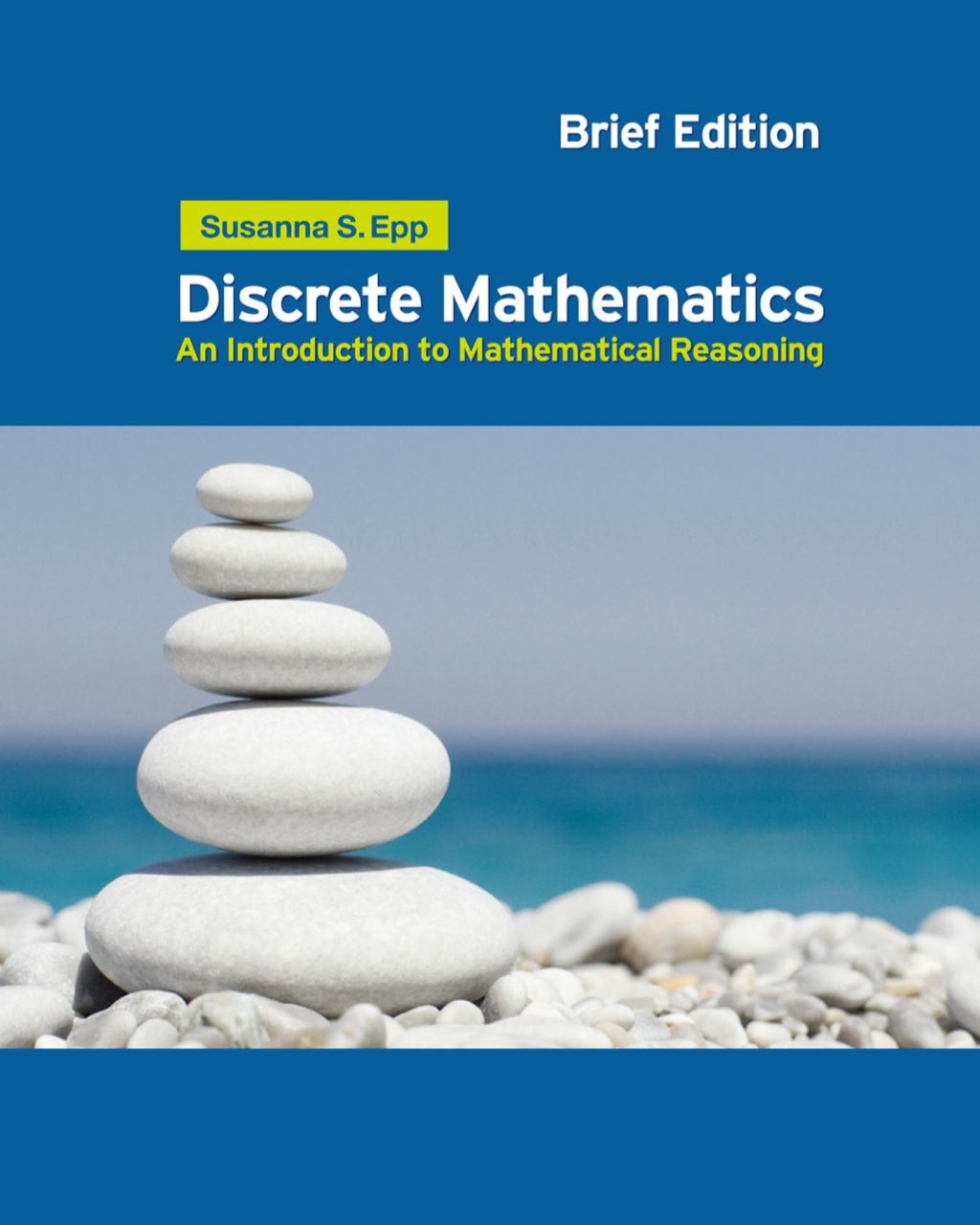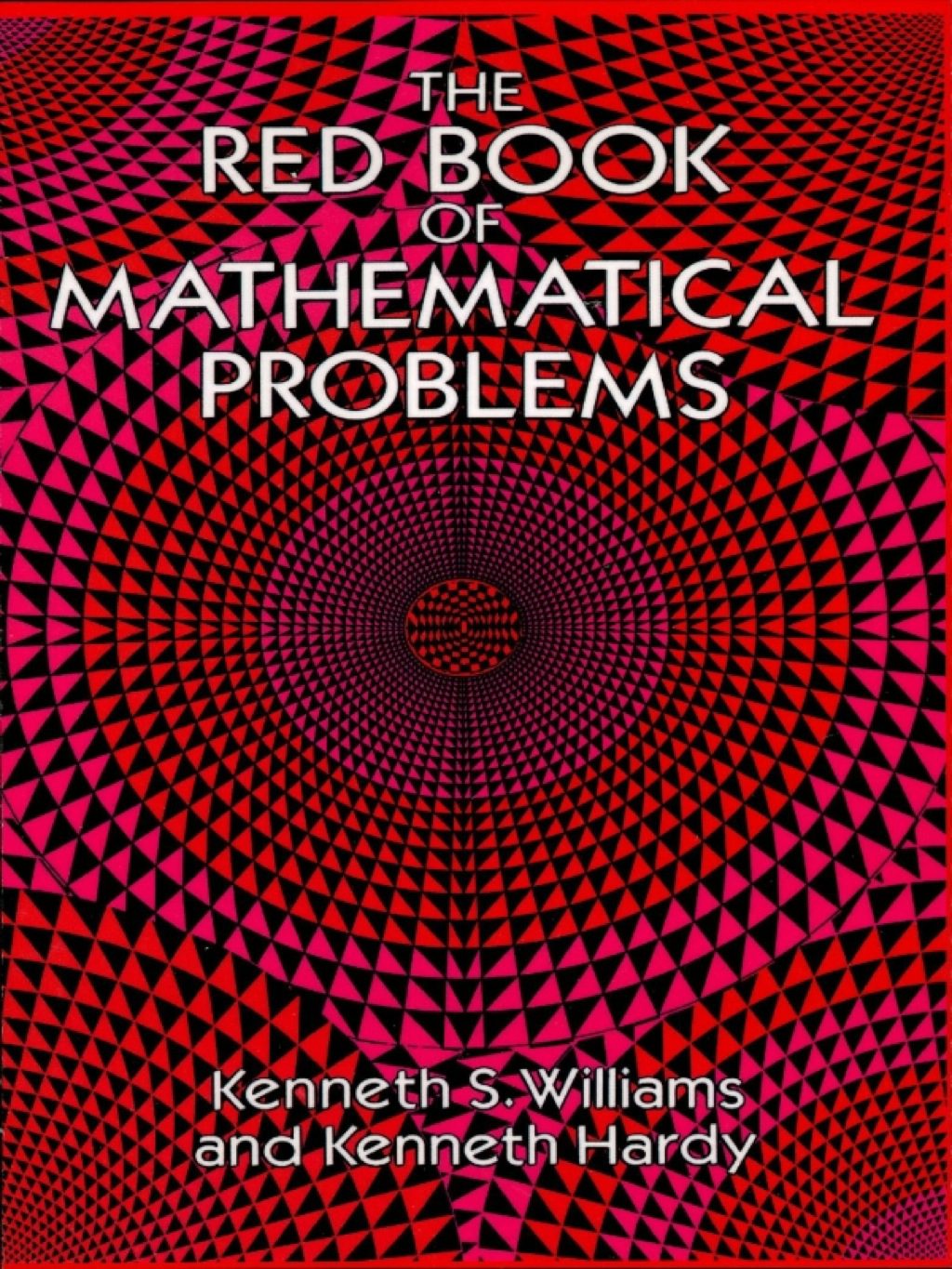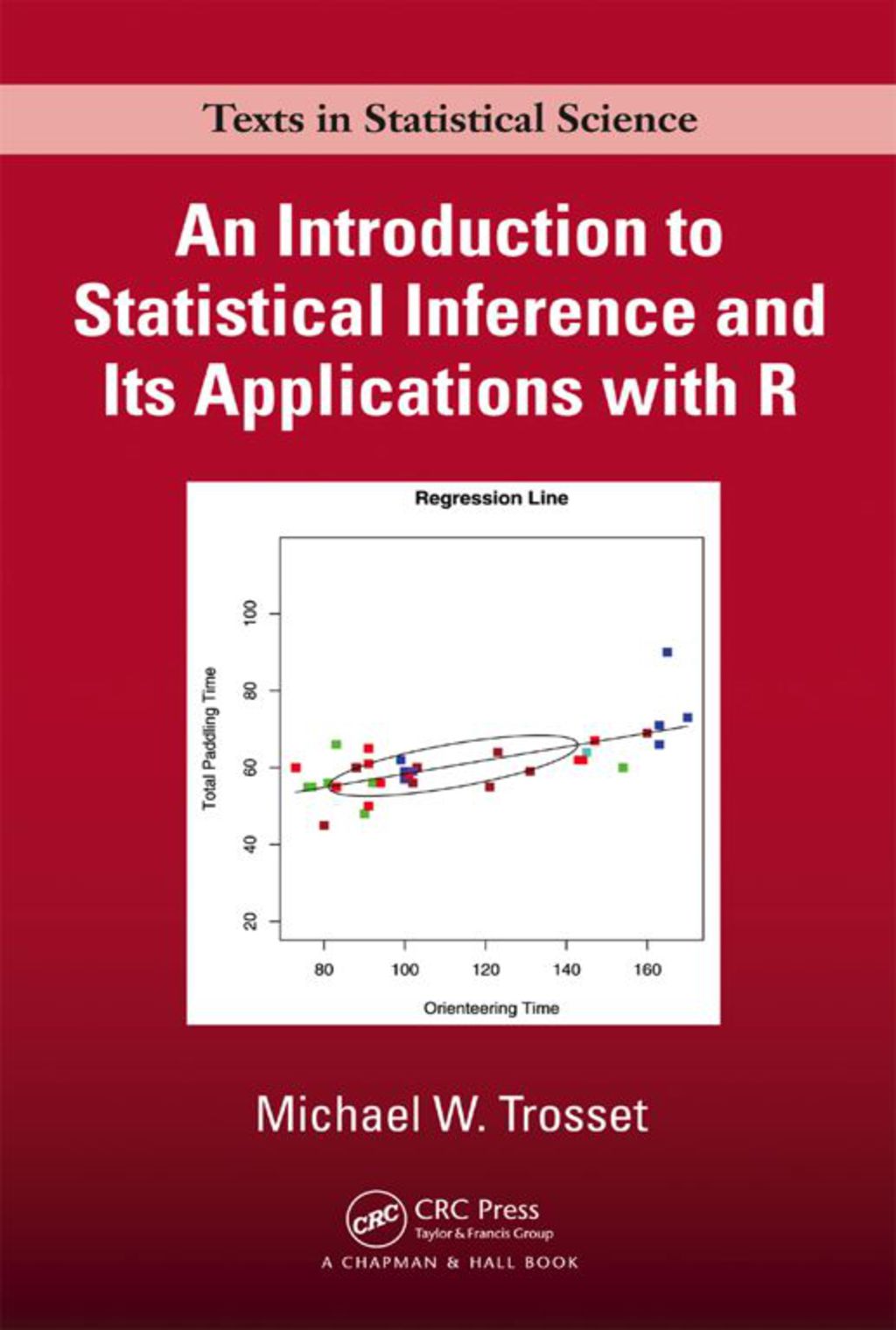0-444-51743-X, 0-444-52045-7, 9780444517432
Table of contents :
Z……Page
Preface v 6……Page 0006
O_words I, 1……Page 0014
0. Introduction 3……Page 0016
1.1. Existence of positive solutions 4……Page 0017
1.2. Uniqueness of positive solutions 10……Page 0023
1.3. TheNeharimanifold 13……Page 0026
1.4. Existence of ground states 16……Page 0029
— , foliated, 17……Page 0030
1.7. Themethod ofmoving planes 18……Page 0031
1.8. A priori bounds for positive solutions 21……Page 0034
Nehari set, 22……Page 0035
— , strictly, 24……Page 0037
nod(u), 27……Page 0040
2.4. The existence of nodal solutions 28……Page 0041
2.5. Geometric properties of least energy nodal solutions on radial domains 31……Page 0044
2.6. Multiple nodal solutions on a bounded domain 33……Page 0046
3. Problems on the entire space 35……Page 0048
3.1. The compact case 36……Page 0049
3.2. The radially symmetric case 39……Page 0052
3.3. The steep potentialwell case 40……Page 0053
3.4. Ground state solutions for bounded potentials 43……Page 0056
multibump solution, 45……Page 0058
Acknowledgments 51……Page 0064
References 52……Page 0065
CHAPTER 2. NONCONVEX PROBLEMS OF THE CALCULUS OF VARIATIONS AND DIFFERENTIAL INCLUSIONS 57……Page 0070
1. Introduction 59……Page 0072
— function, definition, 62……Page 0075
3. Relaxation theorems 66……Page 0079
— envelope, definition, 67……Page 0080
Dacorogna formula, 68……Page 0081
3.3. Themain theorem 70……Page 0083
4.2. The different convex hulls 74……Page 0087
— , definition, 75……Page 0088
— , definition, 77……Page 0090
4.5. Some examples of existence of solutions 81……Page 0094
4.6. Appendix 83……Page 0096
5.2. Sufficient conditions 86……Page 0099
— , definition, 92……Page 0105
6. The scalar case 104……Page 0117
6.1. The case of single integrals 105……Page 0118
6.2. The case of multiple integrals 107……Page 0120
7. The vectorial case 110……Page 0123
7.1. The case of singular values 111……Page 0124
7.2. The case of quasiaffine functions 113……Page 0126
7.3. The Saint Venant–Kirchhoff energy 115……Page 0128
7.4. An optimal design problem 116……Page 0129
— 117……Page 0130
7.6. The problemof potentialwells 121……Page 0134
— integration, 123……Page 0136
CHAPTER 3. BIFURCATION AND RELATED TOPICS IN ELLIPTIC PROBLEMS 127……Page 0140
1. Introduction 129……Page 0142
turning point theorem, 131……Page 0144
2.1. Bifurcation from infinity and boundary blow-up problems 132……Page 0145
patterned solution, 137……Page 0150
2.3. Comments and related results 144……Page 0157
heterogeneous competition system, 147……Page 0160
— analysis, 154……Page 0167
stable pattern, 163……Page 0176
3.4. Remarks 168……Page 0181
— , exact, 169……Page 0182
4.1. The limiting equations 171……Page 0184
4.2. The perturbedGelfand equation in dimensions 1 and 2 182……Page 0195
4.3. The perturbedGelfand equation in higher dimensions 188……Page 0201
4.4. Further remarks and related results 192……Page 0205
— properties, 193……Page 0206
predator–prey system, 200……Page 0213
References 205……Page 0218
CHAPTER 4. METASOLUTIONS: MALTHUS VERSUS VERHULST IN POPULATION DYNAMICS. A DREAM OF VOLTERRA 211……Page 0224
1. Introduction 213……Page 0226
2. Themain results 218……Page 0231
— positive, strict, 226……Page 0239
4. The classical logistic equation. A priori bounds in ?? 234……Page 0247
4.1. The classical logistic equation: M = 0 and D ? ?? 235……Page 0248
exchange stability principle, 239……Page 0252
4.3. The radial case M =?and D = BR(x0) with D ? ?? 241……Page 0254
4.4. The case M =?and D ? ?? with D ? ?? 246……Page 0259
4.5. The general case M ? (0,?] and D ? ?? 247……Page 0260
5. Proofs of Theorems 2.1–2.3 251……Page 0264
6. Proof ofTheorem2.4 271……Page 0284
7. Proofs of Theorems 2.6–2.8 278……Page 0291
7.1. Finding out the boundary blow-up rate of a large solution 279……Page 0292
7.2. Two auxiliary radially symmetric problems 281……Page 0294
7.3. Proof of Propositions 7.1 and 7.2 286……Page 0299
7.4. Proof ofTheorems 2.6 and 2.7 290……Page 0303
— , strong monotonicity, 295……Page 0308
8. Relevant bibliography and further results 297……Page 0310
References 306……Page 0319
CHAPTER 5. ELLIPTIC PROBLEMS WITH NONLINEAR BOUNDARY CONDITIONS AND THE SOBOLEV TRACE THEOREM 311……Page 0324
1. Introduction 313……Page 0326
2. Preliminaries 316……Page 0329
3. Existence results for an elliptic problem with nonlinear boundary conditions. A variational approach . 322……Page 0335
4. Problems in RN + 342……Page 0355
Yamabe problem, 344……Page 0357
6. Dependence of the best Sobolev trace constant on the domain 346……Page 0359
7. Symmetry of extremals 360……Page 0373
8. Behavior of the best Sobolev trace constant and extremals in domains with holes 365……Page 0378
p-capacity, 367……Page 0380
10. Dependence of the best Sobolev trace constant on the exponents 375……Page 0388
nonvariational systems, 378……Page 0391
free boundary, 395……Page 0408
References 401……Page 0414
CHAPTER 6. SCHRODINGER OPERATORS WITH SINGULAR POTENTIALS 407……Page 0420
— operator, 409……Page 0422
— potential, 414……Page 0427
electric potential, 416……Page 0429
Stark potential, 419……Page 0432
evolution equation, 426……Page 0439
constant electric field, 429……Page 0442
Kato inequality, 431……Page 0444
5. Quadratic forms estimates 432……Page 0445
— capacity, 433……Page 0446
Riesz capacity, 434……Page 0447
5.3. Relative boundedness 435……Page 0448
5.4. Nonsign-definiteweights 439……Page 0452
5.5. Relative compactness 440……Page 0453
6. Qualitative spectral analysis 444……Page 0457
6.1. Positivity 445……Page 0458
6.2. Birman–Schwinger principle 446……Page 0459
6.3. Finiteness and discreteness of the spectrum 447……Page 0460
— bottle, 450……Page 0463
7. CLRestimates 452……Page 0465
7.1. Birman–Schwinger operator 453……Page 0466
— inequality, 455……Page 0468
— integral, 456……Page 0469
7.4. The proof byLi andYau 458……Page 0471
7.5. CLR estimate for positivity preserving semigroups 459……Page 0472
— , operator-valued case, 463……Page 0476
7.7. Generalizations to variable coefficients 464……Page 0477
8. Lieb–Thirring inequalities 466……Page 0479
8.1. Admissible values of ? and results 467……Page 0480
8.2. Optimal values of the constants L?,d 469……Page 0482
Schatten ideals, 473……Page 0486
Trotter–Kato–Masuda formula, 474……Page 0487
9.3. Semigroup domination criterion 475……Page 0488
9.4. Diamagnetic and paramagnetic monotonicity 476……Page 0489
9.5. CLR estimate for generators of positively dominated semigroups 481……Page 0494
9.6. Comparison theoremfor semigroup generators 483……Page 0496
9.7. “Meta” CLR estimates for dominated pairs of semigroups 484……Page 0497
10.1. Constantmagneticfield 486……Page 0499
Aharonov–Casher theorem, 487……Page 0500
10.3. Zero modes for singular fields 489……Page 0502
10.4. Infinite number of zeromodes 490……Page 0503
— density, 491……Page 0504
11.1. Constant magnetic field: The unperturbed operator 492……Page 0505
— bands, 493……Page 0506
11.3. Distribution of eigenvalues 497……Page 0510
eigenvalue cluster, 498……Page 0511
linear operator, 503……Page 0516
symmetric operator, 504……Page 0517
— theorem, 505……Page 0518
distribution function, 506……Page 0519
trace class operator, 507……Page 0520
Neumann–Schatten class, 508……Page 0521
A.10. Birman–Schwinger principle 510……Page 0523
A.11. Asymptotic perturbation lemma 511……Page 0524
References 512……Page 0525
CHAPTER 7. MULTIPLICITY TECHNIQUES FOR PROBLEMS WITHOUT COMPACTNESS 519……Page 0532
Introduction 521……Page 0534
1.1. Elliptic problems at critical growth on a bounded domain 522……Page 0535
1.2. Elliptic problems at subcritical growth on the whole domain 524……Page 0537
1.3. Concentration–compactness tools 527……Page 0540
1.4. Natural constraint 536……Page 0549
1.5. Existence of a nontrivial solution for the problem at critical growth 539……Page 0552
1.6. Existence of a nontrivial solution for the problem on the whole domain 540……Page 0553
decay estimates, 541……Page 0554
2.2. Avoiding escapingmasses 546……Page 0559
3. Decay estimates 553……Page 0566
3.1. Decay estimates near concentration points 554……Page 0567
3.2. Decay estimates at drift points 564……Page 0577
4. Multiplicity results 570……Page 0583
4.1. Krasnoselskii genus 571……Page 0584
4.2. Genus of a symmetric set 572……Page 0585
4.3. Min–max classes on the natural constraint 578……Page 0591
4.4. Min–max classes on the double natural constraint 581……Page 0594
4.5. An estimate on theMorse index 584……Page 0597
4.6. Multiple solutions to the problem at critical growth 587……Page 0600
4.7. Multiple solutions to the problem on the whole domain 590……Page 0603
5.1. Reviewon the assumptions and open problems 593……Page 0606
5.2. Estimates in lower dimension 594……Page 0607
References 598……Page 0611
Author Index 601……Page 0614
Subject Index 609……Page 0622
V O L U M E I – Short Link……Page HB-PDE_Vol.1.djvu
Preface v……Page HB-PDE_Vol.1.djvu#6
CHAPTER 1. Solutions of Quasilinear Second-Order Elliptic Boundary Value Problems via Degree Theory……Page HB-PDE_Vol.1.djvu#12
CHAPTER 2. Stationary Navier–Stokes Problem in a Two-Dimensional Exterior Domain……Page HB-PDE_Vol.1.djvu#82
CHAPTER 3. Qualitative Properties of Solutions to Elliptic Problems……Page HB-PDE_Vol.1.djvu#168
CHAPTER 4. On Some Basic Aspects of the Relationship between the Calculus of Variations and Differential Equations……Page HB-PDE_Vol.1.djvu#246
CHAPTER 5. On a Class of Singular Perturbation Problems……Page HB-PDE_Vol.1.djvu#308
CHAPTER 6. Nonlinear Spectral Problems for Degenerate Elliptic Operators……Page HB-PDE_Vol.1.djvu#396
CHAPTER 7. Analytical Aspects of Liouville-Type Equations with Singular Sources……Page HB-PDE_Vol.1.djvu#502
CHAPTER 8. Elliptic Equations Involving Measures……Page HB-PDE_Vol.1.djvu#604
Author Index ……Page HB-PDE_Vol.1.djvu#724
Subject Index ……Page HB-PDE_Vol.1.djvu#732
V O L U M E III – Short Link……Page HB-PDE_Vol.3.djvu
Preface v……Page HB-PDE_Vol.3.djvu#6
Contents of Volume I xi……Page HB-PDE_Vol.3.djvu#12
Contents of Volume II xiii……Page HB-PDE_Vol.3.djvu#14
CHAPTER 1. Elliptic Equations with Anisotropic Nonlinearity and Nonstandard Growth Conditions……Page HB-PDE_Vol.3.djvu#16
CHAPTER 2. A Handbook of Г -Convergence……Page HB-PDE_Vol.3.djvu#116
CHAPTER 3. Bubbling in Nonlinear Elliptic Problems Near Criticality……Page HB-PDE_Vol.3.djvu#230
CHAPTER 4. Singular Elliptic and Parabolic Equations……Page HB-PDE_Vol.3.djvu#332
CHAPTER 5. Schauder-Type Estimates and Applications……Page HB-PDE_Vol.3.djvu#416
CHAPTER 6. The Dam Problem……Page HB-PDE_Vol.3.djvu#480
CHAPTER 7. Nonlinear Eigenvalue Problems for Higher-Order Model Equations……Page HB-PDE_Vol.3.djvu#568
Author Index ……Page HB-PDE_Vol.3.djvu#620
Subject Index ……Page HB-PDE_Vol.3.djvu#628
ПРЕДМЕТНЫЙ УКАЗАТЕЛЬ(eng)……Page 1
218……Page 231
235……Page 248
— matrices, 415……Page 0428
Friedrichs extension, 421……Page 0434
— , definition, 65……Page 0078
81……Page 94
115……Page 128
— , definition, 80……Page 0093
attracting property, 223……Page 0236
79……Page 92
84……Page 97
— , global bifurcation, 130……Page 0143
— operator, 440……Page 453
441……Page 454
453……Page 466
511……Page 524
— principle, 446……Page 459
510……Page 523
blow-up technique, 382……Page 0395
— equation, 411……Page 0424
— theorem, 60……Page 73
106……Page 119
boundary blow-up, 133……Page 0146
68……Page 81
102……Page 115
103……Page 116
— logistic equation, 234……Page 247
— solution, 219……Page 232
223……Page 236
sesquilinear form, 420……Page 0433
KLMN theorem, 422……Page 0435
— extension, 417……Page 0430
coupling constant, 412……Page 0425
— growth, 521……Page 534
525……Page 538
330……Page 343
340……Page 353
— envelope, 73……Page 0086
— hull, 74……Page 87
— 237……Page 0250
— dimension, 368……Page 0381
— exponent, 315……Page 328
— exponent, 322……Page 335
343……Page 356
367……Page 380
522……Page 535
524……Page 537
526……Page 539
— inequality, 527……Page 540
529……Page 542
539……Page 552
— 548……Page 561
587……Page 600
— , intrinsic, 216……Page 0229
deformation lemma, 14……Page 0027
domination, 443……Page 0456
diamagneticity, 424……Page 0437
paramagnetic monotonicity, 477……Page 0490
570……Page 583
581……Page 594
594……Page 607
596……Page 609
equivalent constants, 437……Page 0450
417……Page 430
504……Page 517
Verhulst law, 216……Page 229
Holmgren principle, 427……Page 0440
— operator, 236……Page 0249
400……Page 413
401……Page 414
function of first class, 84……Page 0097
genus, 325……Page 0338
494……Page 507
508……Page 521
gradient elliptic systems, 390……Page 0403
group action, 11……Page 0024
278……Page 291
279……Page 292
Hamiltonian elliptic systems, 385……Page 0398
Harnack inequality, 300……Page 0313
indefinite superlinear parabolic problems, 305……Page 0318
Jensen inequality, 73……Page 86
K-attractive, 26……Page 0039
— , infinitesimally, 418……Page 0431
levels, 487……Page 500
— for Pauli operators, 492……Page 505
resonance, 399……Page 412
220……Page 233
— , continuity, 296……Page 0309
Lieb–Thirring inequality, 413……Page 0426
— for operator-valued potentials, 471……Page 0484
498……Page 511
Lieb–Thirring inequality, 468……Page 481
localization method, 303……Page 0316
217……Page 230
226……Page 239
— theorem, 343……Page 0356
523……Page 536
578……Page 591
580……Page 593
583……Page 596
584……Page 597
— 588……Page 601
597……Page 610
Molchanov functional, 449……Page 0462
mountain pass theorem, 333……Page 0346
536……Page 549
541……Page 554
593……Page 606
Nehari manifold, 5……Page 18
13……Page 26
Steklov eigenvalues, 313……Page 326
314……Page 327
317……Page 330
— 319……Page 332
Palais–Smale condition, 323……Page 336
378……Page 391
Sverak example, 63……Page 0076
324……Page 337
328……Page 341
331……Page 344
— 334……Page 347
335……Page 348
394……Page 407
zero modes, 413……Page 426
415……Page 428
phase-space volume, 452……Page 465
467……Page 480
546……Page 559
550……Page 563
— identity, 338……Page 351
361……Page 374
544……Page 557
Poincare gauge, 479……Page 0492
separation theorem, 64……Page 77
66……Page 79
— 95……Page 108
99……Page 112
100……Page 113
population behavior, 217……Page 0230
porous medium equation, 304……Page 0317
preserving, 443……Page 456
460……Page 473
— semigroups, 460……Page 0473
potential wells, 121……Page 134
122……Page 135
quasiaffine function, 63……Page 76
87……Page 100
110……Page 123
112……Page 125
116……Page 129
120……Page 133
singular values, 69……Page 82
71……Page 84
86……Page 99
117……Page 130
72……Page 85
78……Page 91
92……Page 105
— hull, 76……Page 0089
— compact forms, 436……Page 0449
77……Page 90
80……Page 93
113……Page 126
70……Page 83
Saint Venant–Kirchhoff energy, 69……Page 0082
— , magnetic, 431……Page 444
450……Page 463
symmetric, foliated, 17……Page 30
31……Page 44
symmetrization, 9……Page 0022
Stummel class, 428……Page 0441
76……Page 89
82……Page 95
111……Page 124
— constant, 357……Page 0370
— embedding, 320……Page 333
358……Page 371
534……Page 547
537……Page 550
565……Page 578
— inequality, 423……Page 0436
316……Page 329
355……Page 368
356……Page 369
365……Page 378
371……Page 384
— 375……Page 388
377……Page 390
— embedding, 318……Page 331
360……Page 373
351……Page 364
326……Page 339
333……Page 346
spherically symmetric, 364……Page 377
366……Page 379
— of matter, 468……Page 0481
329……Page 342
350……Page 363
97……Page 110
101……Page 114
— , definition, 94……Page 0107
strictly quasiconvex function, 94……Page 107
strongly increasing, 256……Page 0269
structural stability, 240……Page 0253
342……Page 355
— element, 254……Page 0267
symmetry and symmetry breaking, 362……Page 0375
trace-property, 371……Page 0384
unbounded domains, 533……Page 0546
weak lower semicontinuity, definition, 64……Page 0077
486……Page 499







Reviews
There are no reviews yet.